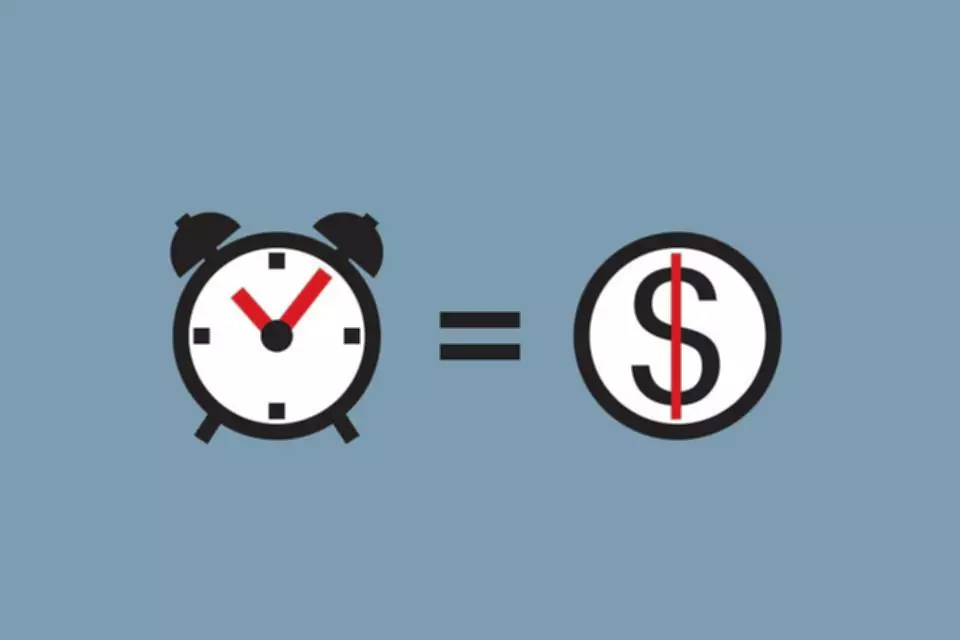Content

Because the root of our tax code’s complexity stems from the web of deductions and tax expenditures, not tax rates, these new brackets could help raise additional revenue and improve equity without unduly hampering economic efficiency. We must ensure that the wealthiest Americans are paying their fair share of taxes.
- Generally, deductions lower your taxable income by the percentage of your highest federal income tax bracket.
- There are more than 250 base items available to amend in the model, reflecting, for example, sales tax base differences among states and the impact of proposed expansions or reductions in the base.
- If a territory does not have a PIT, then a rate of 0% is used for heat map purposes.
- Investopedia does not include all offers available in the marketplace.
The statutory https://www.bookstime.com/ rates misrepresent true progressivity for three reasons. The ITEP model is a tool for calculating revenue yield and incidence, by income group, of federal, state and local taxes. It calculates revenue yield for current tax law and proposed amendments to current law. Separate incidence analyses can be done for categories of taxpayers specified by marital status, the presence of children, and age.
Progressive Tax vs. Regressive Tax
Few policymakers would intentionally design an income tax that looks like this, but many have done so by relying heavily on consumption taxes as a revenue source. The national effective state and local tax rate is 11.4 percent for the lowest-income 20 percent; 9.9 percent for the middle 20 percent; and 7.4 percent for the top 1 percent . This means the poorest Americans are paying one and a half times as much of their income in taxes than the top 1 percent. For detail on the impact in individual states, visit Appendix A for the state-by-state Who Pays? However, critics of progressive tax systems believe they act as a disincentive to hard work and success. Some of them also consider progressive taxes to be a form of income redistribution that punishes the rich and middle class. These critics usually support lower taxes and minimal government services.

The current estate tax rules should expire and, at a minimum, we should return to 2009 levels as President Obama has proposed, which would impact only the wealthiest three out of every 1,000 estates. To determine effective tax rate, divide your total tax owed on Form 1040 by your total taxable income . Only a few governments in low and middle-income countries currently utilize progressive taxation to dramatically reduce income inequality. The Property Tax Model analyzes revenue yield and incidence of current state and local property taxes. It can also analyze the revenue and incidence impacts of statewide policy changes in property tax, including the effect of circuit breakers, homestead exemptions, and rate and assessment caps. Moreover, many states have rules in place that provide special tax breaks for capital gains and other income sources that are highly concentrated in the hands of the best-off 1 percent.
Stay informed with the latest TaxEDU resources!
This unreported income is included in our “total income” estimates for each state. For average families, a home represents the lion’s share of their total wealth, so most of their wealth is taxed. At high income levels, however, homes are only a small share of total wealth, which mostly consists of stock portfolios, business interests, and other assets that are generally completely exempt from property taxes. The average state’s consumption tax structure is equivalent to an income tax with a 7.1 percent rate for the poor, a 4.8 percent rate for the middle class, and a 0.9 percent rate for the wealthiest taxpayers.
Is progressive tax fair?
While the progressive arrangement of taxes helps make life easy for people from all sections of society, critics believe that this system becomes a punishment for those who earn more. These lower to higher tax brackets that make taxes levied different for different individuals compel them opt for tax evasion. The high earners hide their actual earnings to avoid paying more in taxes.
From the point of view of those who benefit from progressive tax taxes, their purchasing power becomes stronger. Also, the demand for certain commodities that are either subsidized or are part of the basic commodities increases. These two factors can promote growth and development in areas that may have otherwise been difficult to stimulate. The 30 Percent Rule is a personal income tax reduction for select employees in the Netherlands. It applies to specialized foreign employees who are brought to the Netherlands because their skills are scarce in the Dutch marketplace. The economists Thomas Piketty and Emmanuel Saez wrote that decreased progressiveness in US tax policy in the post World War II era has increased income inequality by enabling the wealthy greater access to capital.
Progressive Tax System
Actual tax and transfers do seem to take both considerations into account. Means-tested transfers tend to offer child benefits that are phased-out with earnings. Income taxes tend to offer child benefits that increase with income for two reasons. First, the lowest income earners do not have taxable income and hence do not benefit from child-related tax reductions. Second, child-related tax reductions are typically a fixed deduction from taxable income which is more valuable in upper income tax brackets. Hence, the level of child benefits tends to be U-shaped as a function of earnings. The U.S. federal income tax is an example of a progressive tax system.
Low-income taxpayers spend a larger proportion of their income on basic living expenses like food, clothing, shelter and transportation. The taxes they pay have a greater impact on their standard of living than they do on high-income taxpayers, most of whom can easily afford to pay for the basics. Mark would pay much more in federal income tax than John due to his higher income and, thus, ability to pay. We will not represent you before the IRS or state tax authority or provide legal advice. If we are not able to connect you to one of our tax professionals, we will refund the applicable TurboTax Live Business or TurboTax Live Full Service Business federal and/or state purchase price paid. Progressive, regressive, and flat taxes are all different tax systems governments can deploy.
Tax Avoidance, Evasion, and Administration*
At the same time, they permit citizens who possess the most resources — and hence, can better afford to pay a higher tax amount — to pay for more of the government services we all use. As a result, the average tax burden increases along with a taxpayer’s income. High-income taxpayers end up paying a disproportionately higher share of taxes while low- and middle-income taxpayers pay a lower share of taxes. Examples of progressive tax include investment income taxes, tax on interest earned, rental earnings, estate tax, and tax credits. There is a progressive tax on wages, social security benefits and pensions. Mathematically, apart from discretization , the tax is a continuous, convex, piecewise linear function of income.
Thus, during inflation, those affected by progressive tax rates pay higher than the proper value initially set for them. A progressive tax is a tax that progresses to higher tax rates as taxable income increases. It means that those individuals with low incomes are taxed at lower rates than individuals with higher incomes.